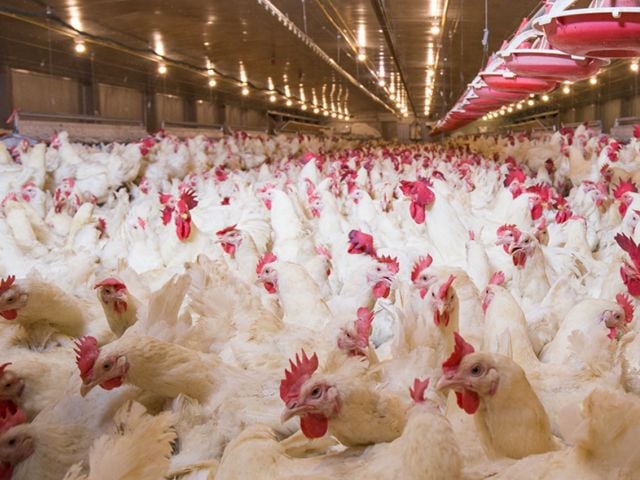WASHINGTON – A new EWG report reveals that from 2000 to 2013 a total of $4.4 billion in federal “prevented planting” crop insurance payouts went to farmers in 94 counties in the iconic Prairie Pothole Region of North and South Dakota – despite attempts by the government to rein in the program’s costs.
In the report, “Boondoggle: ‘Prevented Planting’ Insurance Plows Up Wetlands, Wastes $Billions,” released today, EWG analyzed payments under the “prevented planting” coverage option of the heavily subsidized federal crop insurance program. The payments are supposed to compensate growers when extreme weather or other factors make it impossible to plant their crops. The vast majority of claims are made when the land is too wet to plant.
EWG found that the government payouts are so large and frequent that they encourage growers to plow up the seasonal wetlands that make the Prairie Pothole region home to more than 50 percent of North America’s breeding waterfowl.
“As our analysis shows, prevented planting coverage in this unique and important region is simply unworkable,” said Craig Cox, EWG’s senior vice president of agriculture and natural resources and one of the authors of the report. “Big payouts are going out every year to the same counties because farmers are trying to plant in seasonal wetlands that are usually too wet to plant in the spring. It is an entirely predictable scenario even when the weather in that area is normal.”
View EWG’s interactive map to see exactly where the payments went in the Prairie Pothole region between 2000 and 2013.
EWG found that 65 counties generated prevented planting payouts 14 years in a row, for a total of $3.4 billion. Another 29 counties got payouts in 13 of the 14 years. Together the 94 counties accounted for 90 percent of payouts in the Prairie Pothole Region and fully 55 percent of the program’s payouts nationwide. The 94 counties highlighted in the report account for 69 percent of the total wetland area in the region, and repeatedly plowing the “potholes” makes them smaller and shallower, degrading their value as wildlife habitat and lessening their ability to prevent flooding.
In an earlier report released in July 2013, EWG documented that intensive conversion of wetlands to cropland is taking place in the same counties that are raking in “prevented planting” insurance payouts.
The U.S. Department of Agriculture’s Risk Management Agency has updated its rules for prevented planting coverage several times, but the fixes have failed to stem the tide of payouts and wetland degradation. EWG’s analysis of weather data suggests that the agency’s latest revision of the rules, issued last year, will also fail. The weather data show that the region has been getting wetter, and climate scientists predict it will get even more so.
The Risk Management Agency relies on insurance companies and their loss adjusters to police the program. If the government continues to subsidize this coverage, it will need millions more to beef up the agency’s capacity to oversee this complicated type of insurance.
“It makes no sense to spend more money trying to police a program that just doesn’t work in this region,” said Cox. “We ought to end the billions in subsidies and instead use that money to help farmers get their wetlands enrolled in conservation programs. That would be the best option for taxpayers and the environment, as well as for farmers struggling with land that in most years is impossible to plant.”


